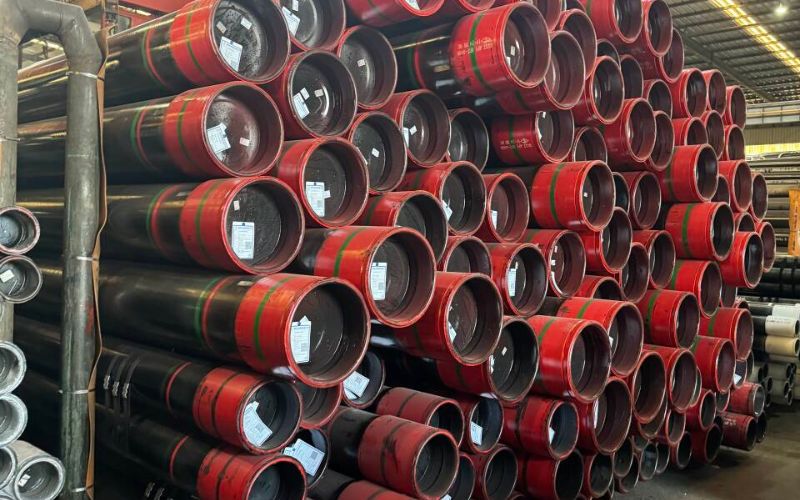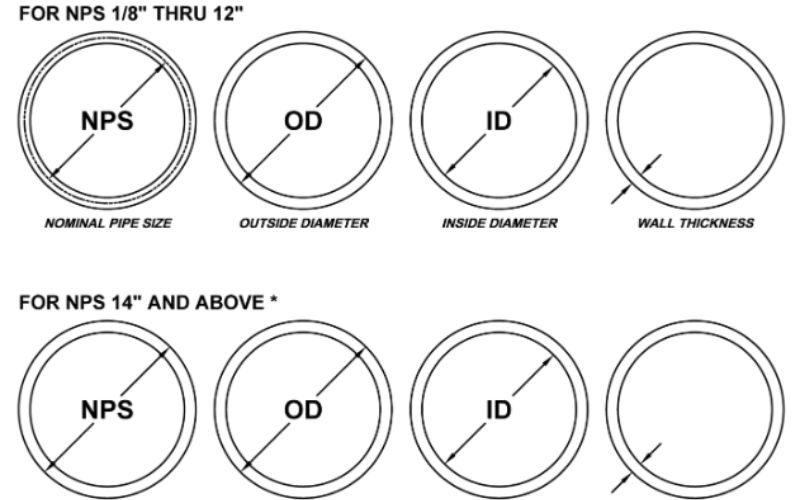A gas piping system is an essential construction of the building, through which natural gas or propane must be introduced safely and efficiently for heating, cooking, and other uses. Amongst the many choices available, black CSST (Corrugated Stainless Steel Tubing) has gained popularity for its applications through which flexibility, endurance, and ease of installation are concerned.
But what exactly is black CSST pipe, and how does it compare with the various options available for gas piping? This article is intended to discuss the essential features of black CSST pipe, its uses, and its benefits to modern gas piping. Whether a contractor, homeowner, or industry professional, this information will empower you to make an informed decision from your end about considering black CSST pipe in your projects.
Introduction to Black CSST Pipe
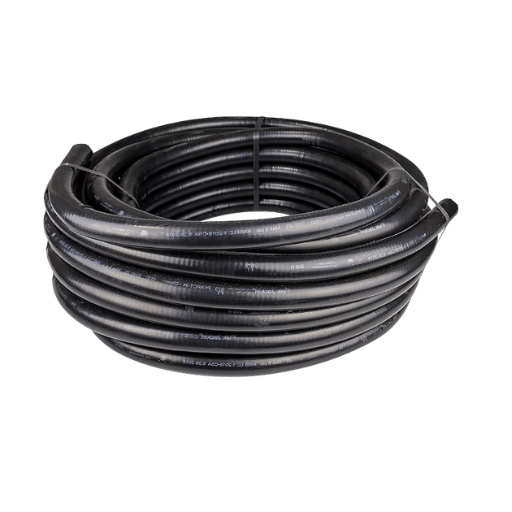
Black Corrugated Stainless Steel Tubing (CSST) is a flexible pipe used for gas applications on the residential, commercial, and industrial levels. It has been designed to effectively and safely carry natural gas or propane. Black CSST is a flexible gas pipe, more so than rigid gas pipes, which facilitates installation and results in fewer joints being connected, hence, fewer chances of leaks.
Key Feature:
Likewise, the black CSST is further protected with an exterior coating, which offers better durability and corrosion resistance for adverse conditions. So, to speak, this is a very viable installation option. This new type of piping conforms to most present-day safety codes and may be customized to some degree for specific project requirements.
What is CSST?
Corrugated Stainless Steel Tubing (CSST) is a flexible pipe mainly used for the distribution of natural gas and propane in residential, commercial, and industrial buildings. It consists of stainless steel tubing with a protective coating to prevent it from damage, whether through physical impact or environmental exposure.
Why CSSTs are Popular:
- More convenient installation than traditional rigid piping
- Its flexibility leads to fewer joints and fittings
- Works against the occurrence of gas leaks
- Meets present-day safety standards
- Withstands seismic activity
- Advanced coatings, bonding-well features guarantee performance
Overview of Black CSST Pipe
Black CSST pipe uses the name given to its corrugated stainless steel tubing for fuel gas distribution systems. This type of CSST has a black coating on it, which makes it more durable when resisting any sort of external damage-whether abrasion or punctures, during installation or in use.
UV Resistance
This colorant affords improved UV resistance and is fit for certain outdoor applications when installed properly.
Easy To Install
Easy to install and needs fewer joints than compared to conventional pipe-laying methods.
Key Differences Between CSST and Black Pipe
Benefits of Using Black CSST Pipe
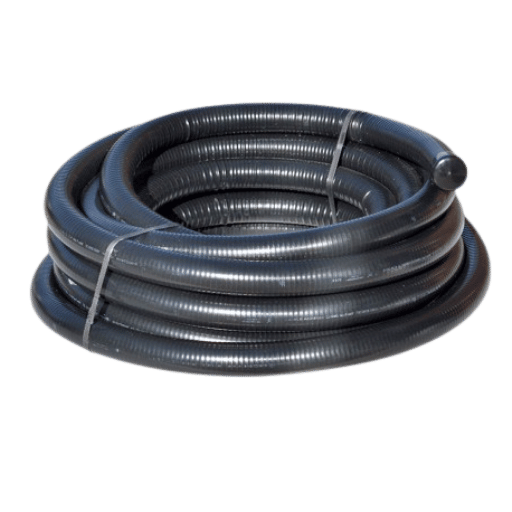
Flexibility and Ease of Installation
- Being quite flexible, Black CSST allows it to be routed around obstructions and through difficult building geometries with little effort.
- Being flexible reduces the fittings and joints that would have otherwise been needed, which in turn lowers material costs and installation time.
- Being lightweight also makes it easy to transport and handle compared to the traditionally rigid piping systems.
- Since the pipe is flexible, there are fewer disruptions during installation, which is helpful in retrofits and tight areas.
- With fewer joints and connections to leak, the system is more reliable.
- Less installation time and fewer tools needed make Maclean consumers’ installation very economical.
Corrosion Resistance and Longevity
- This type of pipe material was designed and produced to withstand corrosion in its surroundings; hence, it can degrade in traditional piping systems in conditions like high humidity or chemical exposure.
- Because this pipe is rust-resistant and chemically stable, it remains longer in operation, simultaneously reducing the required maintenance costs and replacement costs as time goes by.
- Hence, such a property gives permanency to locations that require utmost performance, whether residential or commercial.
Cost-Effectiveness in Gas Piping Systems
Gas piping systems with advanced materials such as stainless steel or polyethylene bring a great deal of cost savings during their life. Materials are used that hardly require maintenance and replacement on account of their high durability and corrosion resistance. Manufacturers often go further to install them at less cost, as they tend to be lighter and require less labor and special equipment compared to their heavier counterparts. By minimizing shutdown expenses and prolonging the service life of the system, this piping maintains an efficient and economically feasible choice for both residential and commercial applications.
Applications of Black CSST Pipe
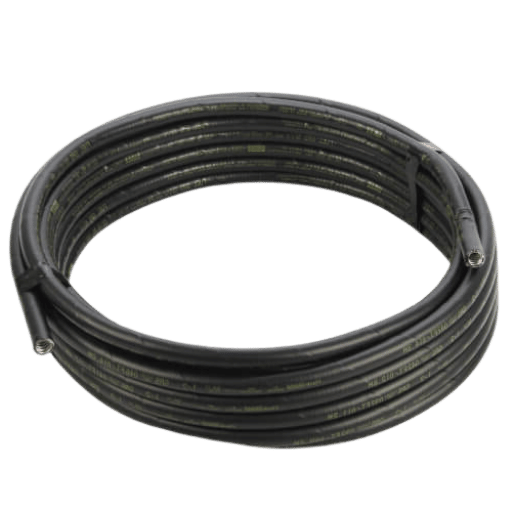
Residential Gas Systems
The black color, CSST, or corrugated stainless steel tubing, tends to be used in residential gas systems due to its flexibility and durability. Also, it is easier to install since fewer fittings are necessary, and it is free to be routed across obstacles- in big projects, that’s a desirable thing to have. The black CSST is also resistant to corrosion with ample strength for conveying natural gas or propane safely throughout the house.
Commercial Gas Installations
In commercial gas installations, black CSST is used quite often for handling larger-capacity gas systems well. Its flexibility enables faster installation through complex building layouts, thus saving on labor costs. Durability and corrosion resistance ensure the material’s long-term reliability and safety, allowing applications in restaurants, offices, and industrial facilities demanding constant and safe gas delivery systems.
Apparent Usage Indoors and Outdoors
Black CSST material is used for very large environments: the goal being that coating or protection must promote long-term preservation, in light of environmental exposure such as UV radiation or moisture. Its interior flexibility and ease of routing make it perfect for maneuvering tight spaces in large homes and cutting installation time by a fair amount. For outdoors and indoors, the manufacturer’s instructions and building codes must be followed to ensure safety and performance.
Installation Guidelines for Black CSST Pipe
Required Tools and Materials
To properly install black CSST pipe, the following tools and materials are essential:
Adjustable wrench
Used for tightening the smaller connections without over-torquing
CSST Cutter
For nice, clean, precise cuts to avoid damage
Pipe Fittings
Should be compatible with black CSST pipe
Thread Sealant/Tape
For gas connections, to prevent leaks
Striker Plates
For protection when piping through studs/walls
Safety Equipment
Protective gloves and safety glasses
Always: Verify tools and materials meet the manufacturer’s specifications and local building regulations.
Step-by-Step Installation Process
Assess the Installation Area
Look into the site of gas piping installation. Ensure that the site is free from hazards and obstructions and adheres to relevant local building codes.
Piping Layout Planning
Prepare a detailed plan for the route through which the gas piping will be laid out, keeping it safe and according to CSA standards. Proper consideration should be given to clearances, intervals of supports, and the placement of valves, fittings, and points of connection.
Measurement and Cutting of Pipe
Accurately measure the length of gas pipe sections. Cut with a pipe cutter or any alternate tool to produce clean cuts compatible with the fittings.
Secure the Piping
For piping installation, hang the pipe from the structural elements using pipe hangers, clamps, or straps. Supports should be installed so there are no intervals in which the pipes could sag or stress joints.
Connect to the Gas Supply
Connect the piping to the gas supply very carefully, ensuring the shut-off valve and all other necessary components are properly installed.
Leak Testing
Critical Step: After having the entire assembly built and pressurized by means of a testing gauge, apply a leak detection solution to all joints and fittings to check for leaks.
Inspect and Verify Compliance
Perform a thorough inspection of the installed system to check its compliance with the manufacturer’s specifications and all local safety requirements.
Restore Gas Flow & Document
Slowly make gas flow into the system once the testing and inspections have confirmed the integrity of the system. Check if there are any leaks in the system and if all connections are secured. Record key details about the installation for reference in the future and for maintenance.
Installation Success Tip:
By working through the steps methodically, one can ensure the safe and proper installation of gas piping. Since this matter concerns being safe, never rush through any critical steps, such as leak testing or inspection.
Common Installation Mistakes to Avoid
Safety Considerations for Gas Piping
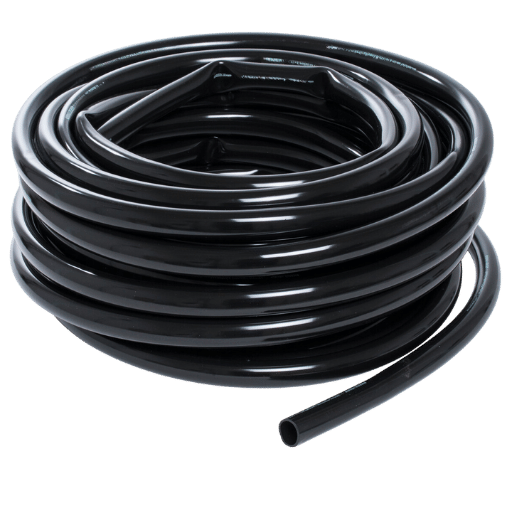
Understanding Potential Hazards
Improper installation or maintenance of gas piping systems is a potential hazard threatening the safety of the surrounding environment. Some common hazards include gaseous leakage, which can constitute a potential fire hazard or explosion, and exposure to toxic gases posing severe health risks.
Common Risk Factors:
- Not following the right installation procedure
- Using incorrect materials
- Their failure to conduct leak tests
- Disregarding one’s own critical safety code
Here are the safety principles: Always abide by all existing safety regulations. Some of these regulations relate to the implementation of proper ventilation measures. Inspect wear-and-damage signs regularly. Consider these things first, since if agreed upon, the risk of accident will diminish greatly and the gas piping system will be deemed safe in operation.
Regulatory Compliance and Standards
Most important for the intricacies of gas piping is to have compliance with standards and regulations for safety and system integrity. Biotechnology is a key factor established by principal bodies such as the National Fire Protection Association (NFPA) and the American Society of Mechanical Engineers (ASME).
Key Standards
- NFPA 54 (National Fuel Gas Code)
- ASME standards
- Local building codes
Compliance Benefits
- Minimizes safety hazards
- Aligns with legal requirements
- Ensures operational reliability
Regular audits and adherence to local building codes further ensure compliance and safety.
Importance of Professional Installation
Professional installation is a must for ensuring the safety, efficiency, and all compliance requirements of gas piping systems. The expert hands of these professionals will reduce the risk while ensuring reliable operation of the system by adhering to codes like NFPA 54 and various local regulatory laws.
⚠️ Warning
Attempting to handle such installations without proper training can cause severe health hazards and mistakes of a big cost. Always rely on a certified expert for these projects.
Maintenance Tips for Black CSST Pipe Systems
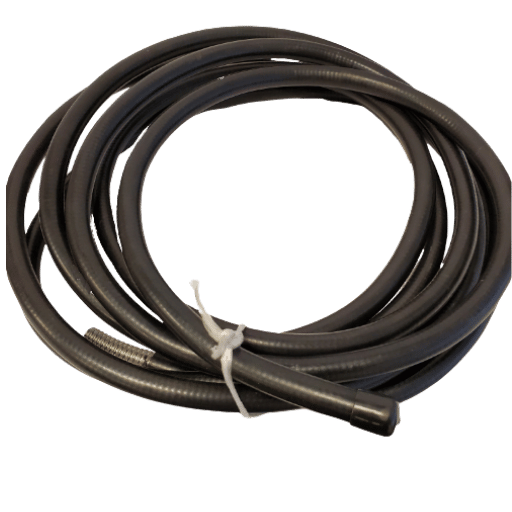
Regular Inspection Practices
The regular inspection of black CSST pipe systems is the best way to keep them safe and functional. Some of the essential practices include:
- Checking visually for any signs of corrosion, damage, or looseness in the fittings
- Making sure all connections remain secure
- Ensuring that the piping is properly bonded and grounded to prevent any electrical hazard
- Inspecting at least once a year or every time any changes are made to the system
- Calling a competent professional without delay should any issues be found
Identifying and Addressing Common Issues
Cleaning and Care for Longevity
Uninterrupted cleaning and preventative maintenance will extend this system’s life and ensure its efficient working:
Routine Inspection
Establish if there are deposits of dirt, debris, or residues
Proper Cleaning
Use soft cleaning tools and approved cleaning agents
Lubrication
Lubricate moving parts periodically to reduce wear
Storage
Store in dry, controlled environments
Finally, adhere to the manufacturer’s maintenance schedule for optimal performance and lifespan.
Frequently Asked Questions (FAQs)
Reference Sources
- MIT Open Access Articles: Discusses the thermal mass of black pipe as compared to CSST and its resistance to failure during electrical or lightning events. Read more here.
- HAC 224 – HVAC Installation (Modern Campus Catalog): Covers fabrication and installation of black iron pipe, copper tubing, PVC pipe, and CSST, as well as national standards. See the course details here.
- Black Steel Pipe Supplier In China
Conclusion
Black CSST piping systems are a more contemporary, flexible, and efficient way to distribute gas in residential and commercial settings. When installed and maintained by qualified personnel, these systems are expected to function adequately and adhere to all current safety codes. For the best outcome and safety, always go with professional installation and regular maintenance.



